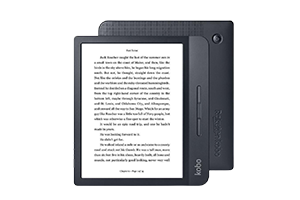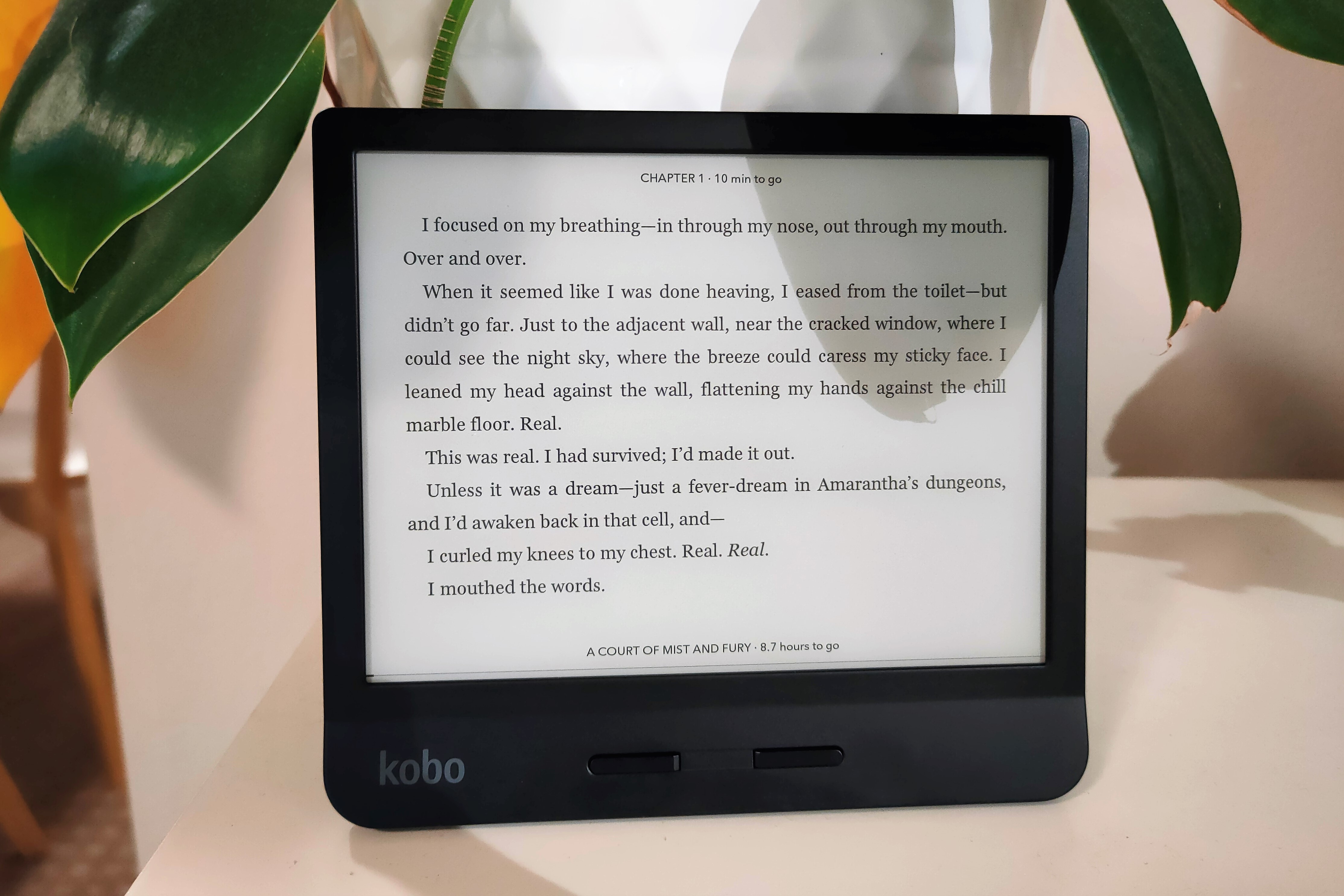Optus Mobile Review ALDI Mobile Review Amaysim Mobile Review Belong Mobile Review Circles.Life Review Vodafone Mobile Review Woolworths Mobile Review Felix Mobile Review Best iPhone Plans Best Family Mobile Plans Best Budget Smartphones Best Prepaid Plans Best SIM-Only Plans Best Plans For Kids And Teens Best Cheap Mobile Plans Telstra vs Optus Mobile Optus NBN Review Belong NBN Review Vodafone NBN Review Superloop NBN Review Aussie BB NBN Review iiNet NBN Review MyRepublic NBN Review TPG NBN Review Best NBN Satellite Plans Best NBN Alternatives Best NBN Providers Best Home Wireless Plans What is a Good NBN Speed? Test NBN Speed How to speed up your internet Optus vs Telstra Broadband ExpressVPN Review CyberGhost VPN Review NordVPN Review PureVPN Review Norton Secure VPN Review IPVanish VPN Review Windscribe VPN Review Hotspot Shield VPN Review Best cheap VPN services Best VPN for streaming Best VPNs for gaming What is a VPN? VPNs for ad-blocking So, if you’re confused by what to look for in an ereader and you’re only here for the TL;DR, this is it: Buy the Kobo Libra H2O. If you want to find out why you should, read on. While it’s not the cheapest waterproof ereader (that honour goes to the $199 Kindle Paperwhite), it’s certainly the cheapest ereader with page-turn buttons. After the Libra H2O, there’s a pretty massive price jump to the Kindle Oasis ($399) and the Forma. This, in combination with the Libra H2O’s adjustable warm light, makes it easily the best value ereader currently available. It measures 159mm in length and 144mm in width, and at its thinnest is just 5mm thick, increasing to 7.8mm at the grip edge, where you’ll find the two page-turn buttons (one to go forward, one to go back). It weighs in at 192 grams, so makes a neat little companion for your commute or travels. Because of its ergonomic design and page-turn buttons, the Libra H2O can be used just as comfortably with one hand as it can with both. And, since the power button is located out of the way at the back of the device, there’ll be no accidental sleep mode in the middle of your reading sesh. There’s plenty to love about the Libra H2O’s design, but there is one thing dragging it down - even if only slightly. Whereas two out of three Kindle models have screens that are flush with the device’s bezels, only the most expensive Kobo offers the same. The Libra’s recessed screen isn’t too bad, but without a cover, it may attract dust and dirt. The backlight’s brightness can be turned off completely (for easy, glare-free reading in bright daylight) or set anywhere between one and 100%. The Libra also features Kobo’s ComfortLight Pro, which can automatically adjust the backlight to increase warmth the later it gets, reducing eye strain and blue light exposure. Another thing I loved about the Libra was its ability to switch orientation. Whether you want to hold it in your left hand, your right hand or put it into landscape mode, this thing can do it all. Kobo has its own store, and it’s a good one, but it’s not your only option. Because Kobo supports the more ubiquitous .epub file format (as opposed to Kindle’s preference for .azw and .mobi), you can buy ebooks through a variety of online retailers, including Booktopia, Dymocks and anywhere else that sells Adobe DRM-protected ebooks. You can even borrow books from your local library, as these are generally also Adobe DRM-protected. For comparison’s sake, here’s an overview of all the current Kobo models:



